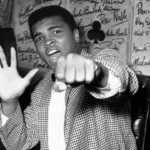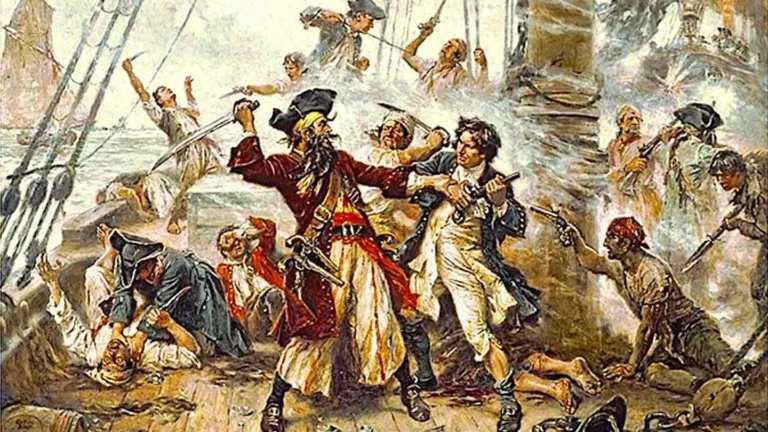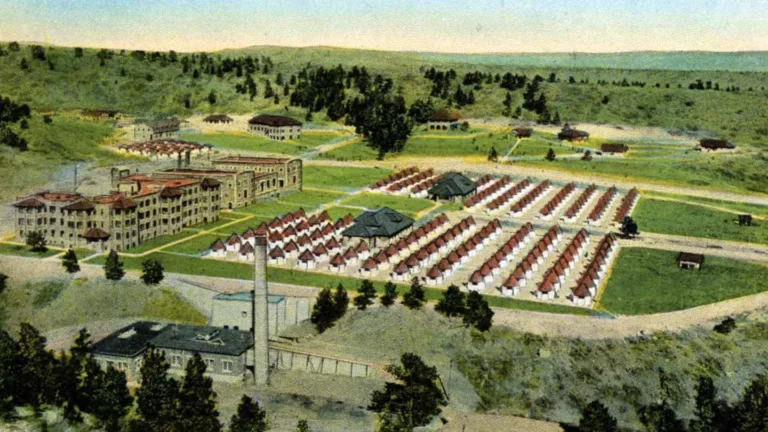Benjamin Franklin wasn’t just a brilliant inventor and Founding Father; he was also a forward-Thinking Philanthropist. Even centuries after his death, his legacy continues to shape the cities of Boston and Philadelphia in Unique Ways. One of his most intriguing gifts? A bequest of £1000 Each To Both Cities, stipulated to be used as loans for young tradesmen for 100 years. It sounds simple enough, right? But this seemingly small act set off a chain reaction, leading to the establishment of institutions and shaping the very fabric of these American metropolises.
This story is about more than Just Money, though. It’S About How One Man’s vision for a better future can Reverberate Through Time, Influencing Generations To Come. As we delve into the history of the Benjamin Franklin 200 Year Trust, we’Ll See How These Funds, initially intended for simple loans, Evolved Into Something Much Larger – testaments to Franklin’s enduring influence on American society.
Get ready to explore a fascinating tale of legacy, transformation, and the enduring power of civic responsibility.
The Founding Vision: Franklin’s Charitable Bequest
Imagine a time when tradesmen needed financial support to launch their businesses, and cities lacked resources for public works. This was the reality in late 18th-century Boston and Philadelphia. Enter Benjamin Franklin, with his visionary plan to address These Needs. In his will, he left behind a unique gift: £1000 Each To Both Cities, earmarked for loans to young tradesmen. He stipulated that these funds would be used for 100 years before the cities could allocate a portion towards public works.
Franklin’S Bequest wasn’t just about providing financial assistance; it was a calculated investment in the future of these burgeoning cities. He understood the importance of skilled labor and infrastructure development for economic growth and societal progress. This foresight, embedded in his Benjamin Franklin 200 Year Trust, set the stage for transformative changes that would ripple through generations to come.
 1970 Atlanta Heist: Muhammad Alis Fight Leads to Million Dollar Robbery
1970 Atlanta Heist: Muhammad Alis Fight Leads to Million Dollar RobberyHis vision, however, was more than a simple financial arrangement. It was a blueprint for civic responsibility and community investment, demonstrating the power of individual philanthropy to shape the destiny of entire cities.
A Century of Loans and Shifting Needs
The first century of the Benjamin Franklin 200 Year Trust saw the funds primarily used for their intended purpose: providing loans to young tradesmen in Boston and Philadelphia. This allowed aspiring blacksmiths, carpenters, bakers, and other artisans to secure the capital they needed to start or Expand Their Businesses. These loans helped fuel the growth of these cities’ economies, fostering a thriving network of skilled craftsmen and entrepreneurs.
However, as time marched on, Economic Landscapes Shifted, and societal needs evolved. By the late 19th century, the traditional model of loans for Tradesmen Began To Feel Outdated. The industrial revolution was in full swing, bringing about new industries and job opportunities that required different types of training and support. This sparked debate: should these funds continue to be Channeled Towards Traditional Trades, or should they be adapted to meet the demands of a rapidly changing world?
This dilemma forced both Boston and Philadelphia to reimagine their approach to Franklin’S Bequest. The cities grappled with balancing tradition with progress, ultimately leading them down distinct paths that would forever alter the legacy of The Benjamin Franklin 200 Year Trust.
Evolving Use: From Tradesmen to Public Works
The late 19th century brought a wave of change to both Boston and Philadelphia, prompting them to reconsider the original purpose of The Benjamin Franklin 200 Year Trust funds. As industrialization took hold, the demand for skilled tradesmen evolved Alongside It. New industries emerged, requiring different types of expertise and training. This led to a debate: should these funds continue to solely Support Traditional Trades, or should they be adapted to meet the demands of a rapidly changing world?
Ultimately, both cities opted for a more Multifaceted Approach. After a century of primarily providing Loans To Young Tradesmen, the Benjamin Franklin 200 Year Trust funds were redirected towards broader public works projects and educational initiatives. In Boston, this led to the establishment of a trade school with donated land from Andrew Carnegie, offering a comprehensive curriculum designed to equip students with skills relevant to the modern industrial age.
Meanwhile, Philadelphia chose a different path, investing their share in the burgeoning Franklin Institute museum. This institution aimed to promote scientific exploration and technological advancements, reflecting the city’s commitment to innovation and progress. These decisions marked a significant turning point for both cities, demonstrating their willingness to adapt Franklin’s legacy to meet the evolving needs of their citizens.
Legacies in Stone And Steel: Boston and Philadelphia’s Choices
As the second century of The Benjamin Franklin 200 Year Trust drew to a close, both Boston and Philadelphia faced a Monumental Decision: how to best utilize their considerable sums? The cities had already diverged in their approaches during the previous century, choosing paths that reflected their unique identities and priorities. Now, they stood at another crossroads, tasked with shaping legacies that would endure for generations to come.
Boston opted for an investment in education and workforce development, pouring a significant portion of the funds into bolstering its existing trade School System. This decision aimed to equip future generations with the skills necessary to thrive in a rapidly evolving economy, ensuring that Boston remained at the forefront of technological innovation and industrial progress. The city’s legacy, then, was etched not just in brick and mortar but also in the minds and hands of its skilled workforce.
Philadelphia, on the other hand, leaned towards cultural enrichment and scientific exploration.
The Franklin Institute, already a beacon of knowledge and discovery, Received Further Investment, allowing it to expand its reach and impact. Museums, Research Centers, and public programs flourished, cementing Philadelphia’s reputation as a hub for intellectual curiosity and artistic expression. Their legacy, therefore, was one woven from the threads of imagination, innovation, and a deep appreciation for the power of knowledge.
Investing the Future: Education and Innovation
The decisions made by Boston and Philadelphia in the late 19th century reflect a profound understanding of the value of investment – not just in infrastructure or industry, but in the very future of Their Cities. By choosing to prioritize education and innovation, they laid the groundwork for sustained growth and progress that would shape their destinies for generations to come.
Boston’s focus on trade schools and workforce development speaks volumes about its commitment to equipping its citizens with the skills needed to thrive in a rapidly changing world. This emphasis on practical training ensured that Boston remained at the forefront of technological advancements, attracting businesses and industries that sought a skilled and adaptable workforce. Philadelphia, meanwhile, took a broader approach, investing in scientific exploration and cultural enrichment through The Franklin Institute. This commitment to fostering intellectual curiosity and artistic expression helped cultivate a vibrant and innovative city, one that attracted thinkers, artists, and entrepreneurs from around the globe.
Both cities recognized that true progress stemmed not only from economic prosperity but also from a flourishing citizenry equipped with the knowledge, skills, and imagination to shape their own futures. Their choices, guided by vision and foresight, serve as a powerful reminder that investing in education and innovation is an investment in the very soul of a city.










